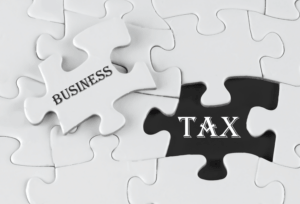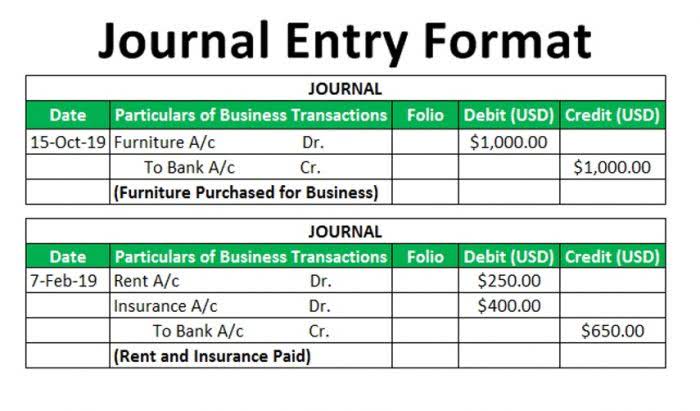
First, amortization is used in the process of paying off debt through regular principal and interest payments over time. An amortization schedule is used to reduce the current balance on a loan—for example, a mortgage or a car loan—through installment payments. Amortization is an accounting technique used to periodically lower the book value of a loan or an intangible asset over a set period of time.
- This can be useful for purposes such as deducting interest payments for tax purposes.
- In the context of a loan or a mortgage, to amortize simply means to kill, or rather, slowly eliminate the loan debt through regular payments over a specific period.
- For example, a business may buy or build an office building, and use it for many years.
- Since the interest is charged on the principal, making extra payments on the principal lowers the amount that can accrue interest.
- Consumers often make decisions based on an affordable monthly payment, but interest costs are a better way to measure the real cost of what you buy.
- In the final month, only $1.66 is paid in interest, because the outstanding loan balance at that point is very minimal compared with the starting loan balance.
- Loan amortization determines the minimum monthly payment, but an amortized loan does not preclude the borrower from making additional payments.
With the lower interest rates, people often opt for the 5-year fixed term. Although longer terms may guarantee a lower rate of interest if it’s a fixed-rate mortgage. Now that we’ve highlighted some of the most obvious differences between amortization and depreciation above, let’s take a look at some of the more specific factors that make these two concepts so distinct. The term amortization is used in both accounting and in lending with completely different definitions and uses.
Credit and Loans That Aren’t Amortized
For example, after exactly 30 years (or 360 monthly payments), you’ll pay off a 30-year mortgage. Amortization tables help you understand how a loan works, and they can help you predict your outstanding balance or interest cost at any point in the future. Almost all intangible assets are amortized over their useful life using the straight-line method. This means the same amount of amortization expense is recognized each year.

In other words, the depreciated amount expensed in each year is a tax deduction for the company until the useful life of the asset has expired. A cumulative amount of all the amortization expenses made for an intangible asset is called accumulated amortization. It gets placed in the balance sheet as a contra asset under the list of the unamortized intangible. When these intangible assets get consumed completely or are eliminated, then their accumulated amortization amount is also deleted from the balance sheet.
What are the Two Types of Amortization?
Loan payments are called blended because they feature a principal portion and an interest portion. Within the framework of an organization, there could be intangible assets such as goodwill and brand names that could affect the acquisition procedure. As the intangible assets are amortized, we shall look at the methods that could be adopted to amortize these assets.

However, amortization tables also enable borrowers to determine how much debt they can afford, evaluate how much they can save by making additional payments and calculate total annual interest for tax purposes. The amortization table is built around a $15,000 auto loan with a 6% interest rate and amortized over a period of two years. Based on this amortization schedule, the borrower would be responsible for paying $664.81 each month, and the monthly interest payment would start at $75 in the first month and decrease over the life of the loan.
Amortization
Amortizing an intangible asset is performed by directly crediting (reducing) that specific asset account. Alternatively, depreciation is recorded by crediting an account called accumulated depreciation, a contra asset account. The historical cost of fixed assets remains on a company’s books; however, the company also reports this contra asset amount as a net reduced book value amount. An amortized loan is a type of loan with scheduled, periodic payments that are applied to both the loan’s principal amount and the interest accrued. An amortized loan payment first pays off the relevant interest expense for the period, after which the remainder of the payment is put toward reducing the principal amount.
It also implies paying off or reducing the initial price through regular payments. An amortized loan tackles both the projected amount of interest you’ll owe and your principal simultaneously. You can make extra principal payments to lower your total loan amount if your loan allows. Try using an amortization calculator to see how much you’ll amortized definition pay in interest versus principal for potential loans. Depending on the asset and materiality, the credit side of the amortization entry may go directly to to the intangible asset account. On the other hand, depreciation entries always post to accumulated depreciation, a contra account that reduces the carrying value of capital assets.


